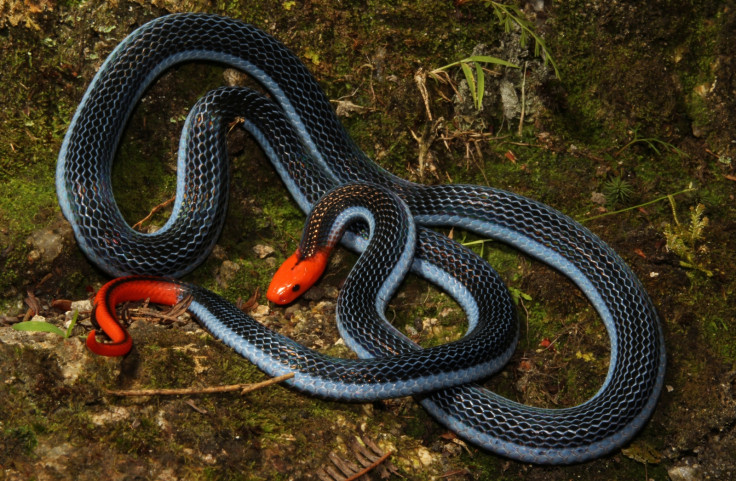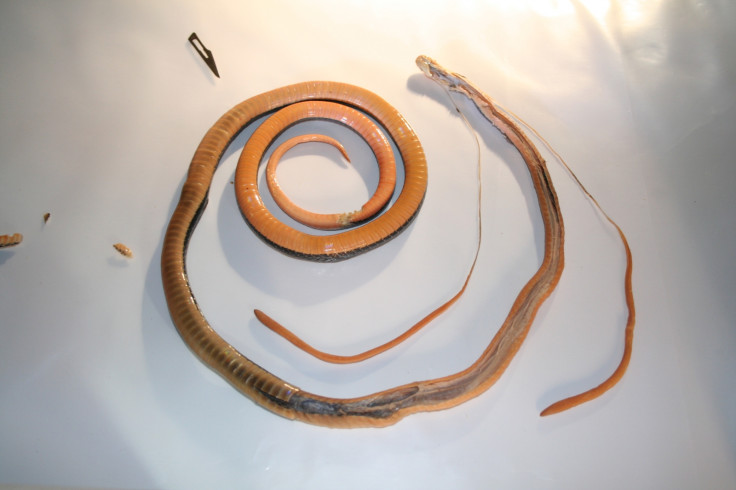Serpent that eats poisonous snakes for breakfast could lead to a new painkiller
The snake has venom unlike that of any other snake.

One of the most venomous snakes in the world – South East Asia's blue coral snake – could soon be the source of a new painkiller, according to research published in the journal Toxins.
The snake's fast-acting venom works on a protein structure found in the membranes of cells called a sodium channel. Some painkillers used in humans work on sodium channels. This research could lead to the development of new painkillers either directly or indirectly, the researchers say.
The coral snake preys on some very agile and deadly animals: other venomous snakes that could potentially kill it if it makes a wrong move. "These snakes are killer's killers," says Bryan Fry, a venomologist at the University of Queensland in Australia and author of the paper. This snake's venom had been largely unstudied before this research.
The snake's venom has to be particularly potent. "Their blazingly fast venom does not kill immediately," says Fry. "Instead, it turns on all the nerves of their fast-moving prey – who are also potential predators – at one time, almost instantly resulting in a frozen state."
The coral snake sends its prey into convulsions by acting on the sodium channels such that its victim's whole body goes into spasm. "They do this by preventing the nerves from turning off their sodium channels, keeping the nerve firing continuously," Fry says.

To make this deadly venom, the snake has the longest venom glands yet seen in a snake, stretching more than a quarter the length of its body and nestling within its rib cavity.
This particular method of killing prey has not been found in any other snake, Fry says. The coral snake does, however, have a partner in crime in the cone snail, which also uses this type of venom.
"We started studying this snake simply out of childhood curiosity as it has long been my favorite snake and one I had long wanted to work with," Fry told IBTimes UK. "I'd love to say we went into [the research] with a grand plan, but it was simply pure curiosity-driven science." The finding of the potential for developing a new painkiller was "total serendipity", he says.
Thankfully, this type of snake is not common. Fry reported seeing only two in the wild in his life, according to BBC News. The snake has electric blue stripes down the sides of its boy, with a neon red head and tail.
© Copyright IBTimes 2025. All rights reserved.






















